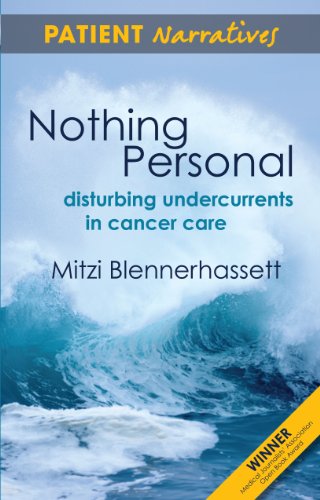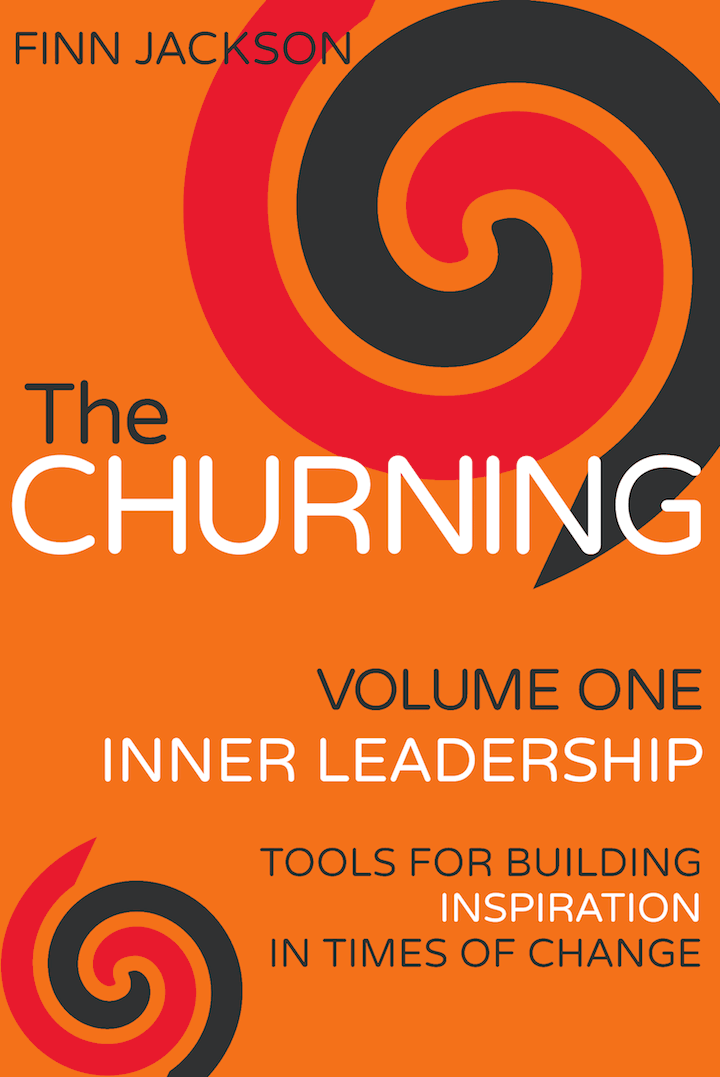Dr Laura J Esserman is a breast cancer surgeon who tries to get the medical establishment to think differently about breast cancer and screening, because of the (now established) harms of overdiagnosis and overtreatment.
Last month, her approach was given a boost by a long-term study published in the journal JAMA Oncology. http://oncology.jamanetwork.com/article.aspx?articleid=2427491
The analysis of 20 years of patient data made the case for a less aggressive approach to treating a condition known as ductal carcinoma in situ, or D.C.I.S., for which the current practice is nearly always surgery, and often radiation. The results suggest that the form of treatment may make no difference in outcomes. (Doubt is raised over value of breast cancer surgery for breast lesion at earliest stage. Gina Kolata. 20 August 2015. http://www.nytimes.com/2015/08/21/health/breast-cancer-ductal-carcinoma-in-situ-study.html)
In order to ‘move the field and do right by our patients’, Dr. Esserman has begun a five year trial involving 100,000 participants, “Women Informed to Screen Depending on Measures of Risk” or Wisdom. Participants will be tested for genetic markers and other factors that point to a risk of breast cancer. Those at risk will be screened more frequently than the current federal task force guidelines, while those deemed at less risk will receive fewer mammograms. A control group will receive annual mammograms.
‘A breast cancer surgeon who keeps challenging the status quo’. Katie Hafner, New York Times, 28 September 2015.



